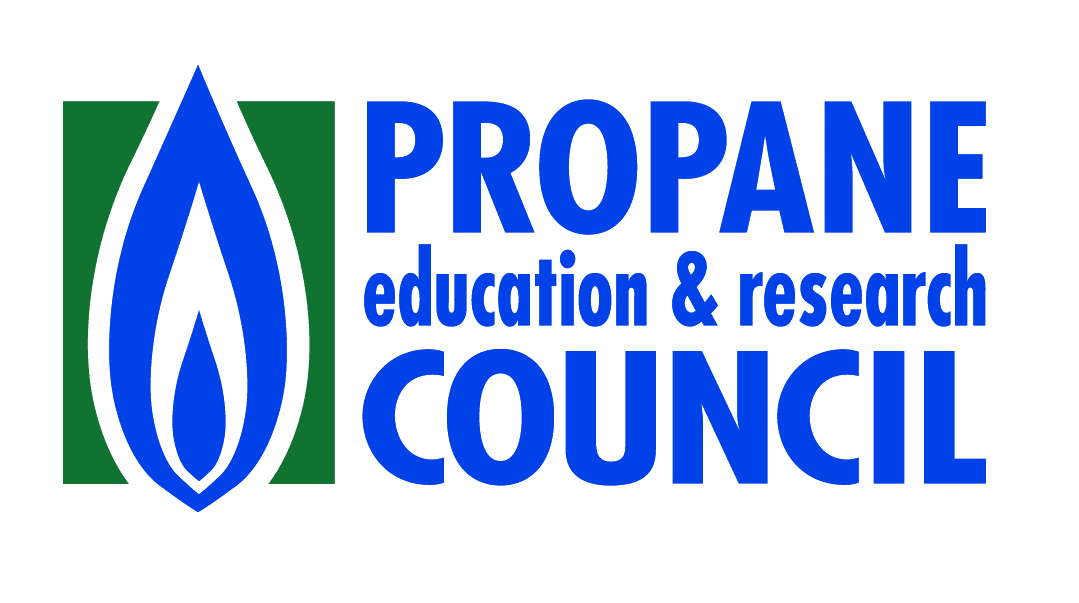No vehicle application gets scrutinized more than the iconic yellow school bus. Every minute detail is poured over by school officials before selecting the perfect bus to fit the district’s needs. That careful consideration is done for good reason, too. Not only are these vehicles expected to run on time, every day — regardless of weather or other circumstances — but the yellow school bus is charged with transporting the nation’s most precious cargo: our children.
The fuel that school transportation officials select to power their districts’ school buses will face that same scrutiny as the buses themselves. The fuel needs to be clean to prevent children from breathing harmful tailpipe emissions. The fuel has to be cost-effective, especially as schools dissect every dollar with ever-shrinking budgets. It also has to be reliable, so buses start in the morning and deliver students to school on time.
Essentially, school transportation directors expect “straight A’s” from its school bus fuel.
So, it was especially satisfying to see new research, using IHS Polk school bus registration data compiled by the Propane Education & Research Council, showing an impressive trend of school districts adopting propane autogas over a growing list of other fuel options to power their fleets.
Propane autogas school buses trending upwards
Nationally, propane autogas is continuing an impressive five-year run in which propane school bus registrations have increased by 700 percent, according to the registration data. As schools let out for summer break across the country, approximately 928,000 students rode more than 15,200 propane autogas school buses to school every day in 840 public and private districts nationwide.
In 2017, the number of propane school bus registrations more than doubled that of gasoline, and outperformed natural gas and electric by even wider margins.
Transportation directors and private bus contractors charged with transporting children safely and reliably have made propane autogas the No. 1 alternative fuel in the school transportation industry over gasoline, electric, and natural gas. In 2017, the number of propane school bus registrations more than doubled that of gasoline, and outperformed natural gas and electric by even wider margins, according to the registration data. Propane autogas is the alternative fuel of choice for school districts nationwide.
Even more impressive is the rate of renewal with which school districts are continuing to transition out their aging buses with propane autogas school buses. According to the registration data, not only are more districts switching to propane autogas, but those who have seen the benefits are making repeat purchases. In 2017, more than 57 percent of school districts with Type C propane autogas buses purchased additional buses. By contrast, only 17 percent of districts with gasoline buses were repeat buyers.
Readers may be asking why so many school districts across the nation are choosing propane autogas for their school bus fleets. Because the fuel has so many benefits, each district has its own unique answer.
Financially, propane autogas offers school districts the lowest total cost-of-ownership compared to other fuels.
Financially, propane autogas offers school districts the lowest total cost-of-ownership compared to other fuels. Propane autogas consistently costs less than diesel by as much as 50 percent. Propane can save districts even more when gasoline prices climb like they are right now in most areas of the country. Maintenance costs are also lower compared to older diesel buses that require a seemingly never-ending parade of expensive engine fluids and filters to operate safely or to meet emissions requirements. Even something as routine as an oil change costs less with propane autogas engines compared to diesel. Diesel buses need more oil by volume and require regular filter cleaning, increasing costs and time in the garage.
While cost savings are a huge plus, some districts have made the switch to propane autogas for the emissions reductions. Propane autogas is cleaner for the environment and community at large. Unlike older diesel buses, propane autogas exhaust does not emit any of the known carcinogens that can be harmful to children.
Furthermore, bus drivers — those most responsible for students’ wellbeing on the way to school — like the quiet operation of propane autogas buses because it helps them keep students in and around the school bus safe.
All of the benefits of propane autogas are mission critical to all vehicle fleets, but even more so for school buses transporting our nation’s children to school every day.
This five-year rise of propane autogas in the school transportation industry has validated our long-held belief that it’s the perfect match between fuel and vehicle application. All of the benefits of propane — its low tocal cost-of-ownership, clean emissions, and dependable performance — are mission critical to all vehicle fleets, but even more so for school buses transporting our nation’s children to school every day.
For more information on propane autogas school buses, visit propane.com/on-road-fleets/products-that-use-propane/school-transportation. Or visit PERC’s interactive school bus map that shows viewers how many school buses are on the road in each state.



